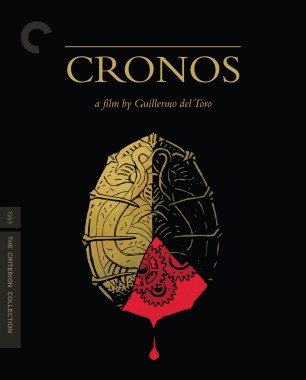Guillermo del Toro’s Influences

For over two decades, Mexican director Guillermo del Toro has cast a spell on audiences with his visually audacious fables, which blend supernatural visions with deeply personal insights on childhood and history. His Academy Award–winning sixth feature, Pan’s Labyrinth, expands upon the themes of youth and lost innocence that he began to explore early in his career with his 1993 debut, Cronos, and 2001’s The Devil’s Backbone. Set in the tumultuous aftermath of the Spanish Civil War, this dark fantasy follows its eleven-year-old heroine, Ofelia, as she navigates the social unrest of the period, an increasingly terrifying reality that begins to merge with a netherworld full of strange and magical creatures.
For a program featured on both our just-released edition of the film and our new box set Trilogía de Guillermo del Toro, German children’s author Cornelia Funke (the Inkheart trilogy) sat down with the director for a wide-ranging conversation about his fascination with myths and fairy tales. He explains that while his films build on a rich tradition of fantasy and horror, they do not directly reference genre pioneers such as author Arthur Machen and illustrator Edmund Dulac, as some viewers have claimed. In the following excerpt, the director discusses how he transforms his artistic influences through his own free-flowing, organic creative process.






